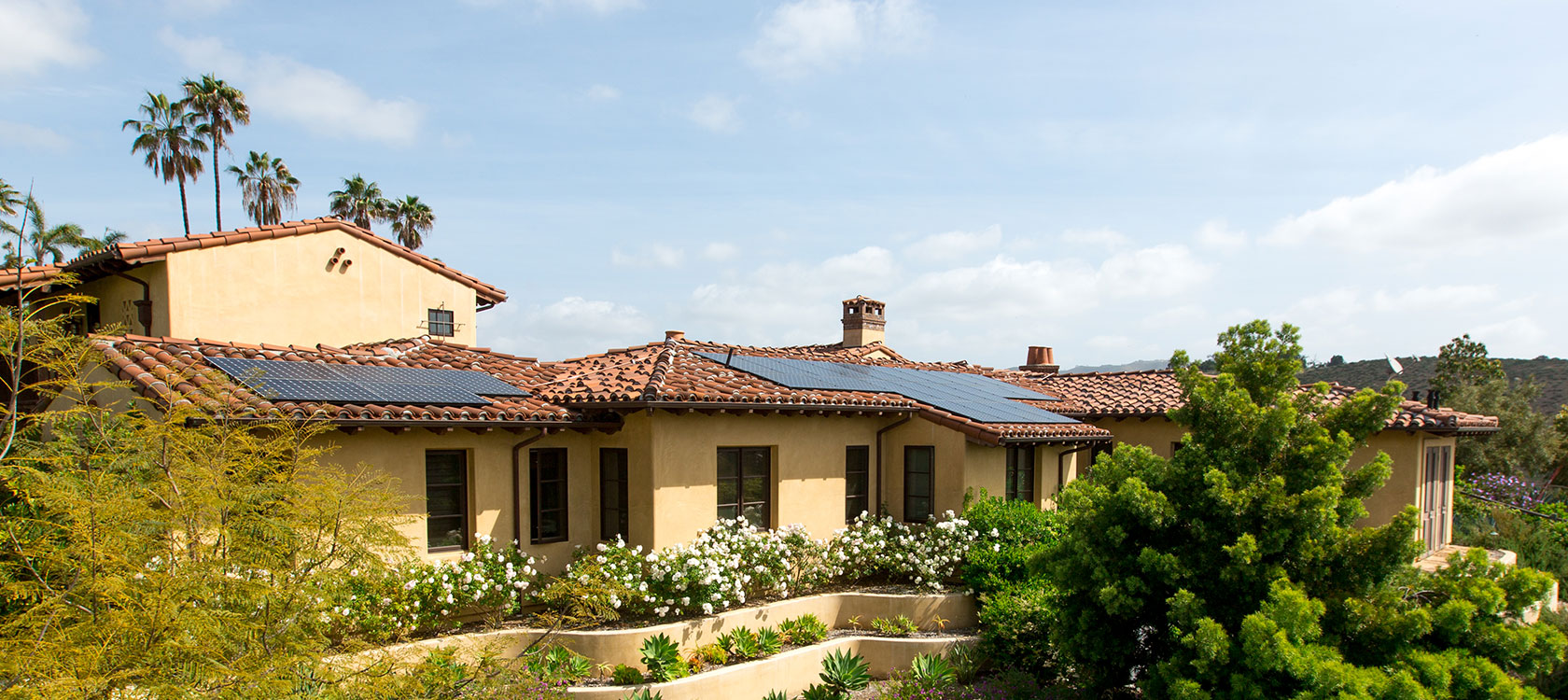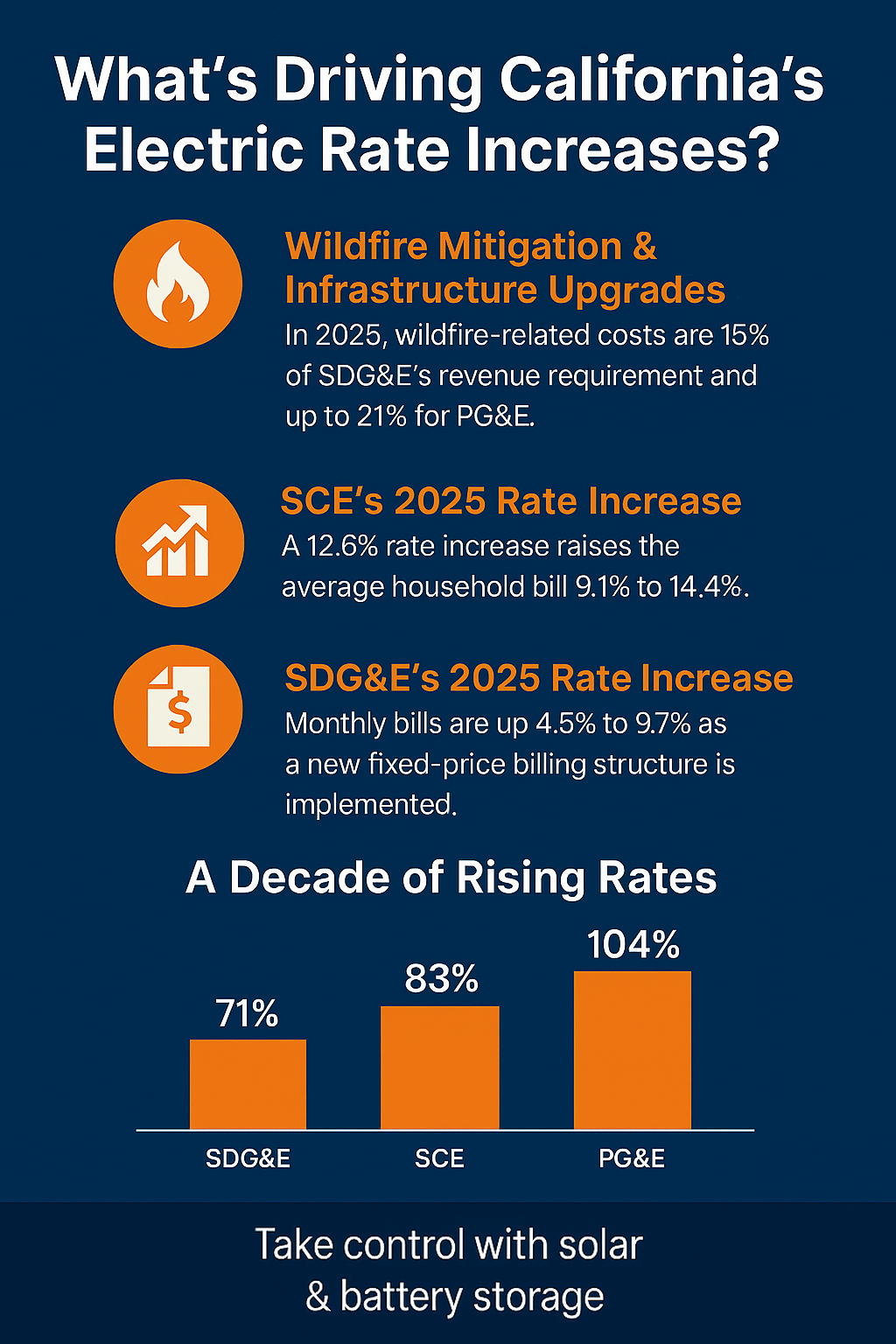
Community Choice Energy and How it Works
In California, not all electricity is the same. Electricity generated from renewable sources is “cleaner” than others, because it does not contribute greenhouse gases to the atmosphere. Even though San Diego Gas & Electric (SDG&E) is everyone’s utility in San Diego (for now), consumers will soon have two additional options for electricity, provided by community choice aggregation programs (CCAs). Made of consumers and businesses in specific geographic areas, CCAs allow members to speak with one voice to demand greener electricity.
Community choice aggregation programs allow local organizations to negotiate rates for electricity from power generation sources they agree on, whether traditional or green. By banding together, CCAs allow homeowners and businesses to control where their power comes from, and to get better prices collectively than they would individually.
While these CCA programs are newer than the utility you may be used to, the infrastructure remains the same. The purchased power runs down the same SDG&E transmission lines to your home or office—and the billing system doesn’t change, either.
Your CCA Options in San Diego
Where you live plays a huge role in what your CCA options are. In fact, since 2021, if you live in San Diego county, you have two: San Diego Community Power and the Clean Energy Alliance. Each covers a different region:
- San Diego Community Power includes San Diego, Chula Vista, Encinitas and Imperial Beach as well as unincorporated areas of the county, and is the largest CCA in the state.
- The Clean Energy Alliance serves Carlsbad, Solana Beach and Carlsbad.
Both offer customers rates that are roughly the same or better than their existing electrical utility, with 50% or more generated electricity coming from renewable sources.
So What?
In the U.S., the largest source of carbon dioxide (CO2)—a GHG—is electricity generation. Most of SDG&E’s power is produced by burning natural gas. And, because the electric company is also a gas company, burning their own gas adds to their profits, even though it also adds CO2 to the atmosphere.
While SDG&E claims to produce higher amounts of renewable energy, a change in reporting rules for utilities reveals they only deliver about 31% zero-carbon energy. Common renewable energy sources include solar, wind, biomass, or hydro. When you choose renewable energy with a CCA, you help reduce the effects of GHGs that exacerbate the ongoing climate crisis. You’ll help save the planet, and you’ll lower your utility bill, too.
Play Your Part in Providing Community Choice in San Diego
Community choice energy options in San Diego are available because homeowners, businesses and people like you have joined together to make renewable energy a reality. However, you can do more than just make sure the energy that powers your home comes from predominantly renewable energy sources: you can contribute.
There are numerous rebate programs and savings available to property owners like you who choose professional solar panel installers to upgrade their homes and businesses. You can even return any electricity generated that you don’t need back to the community for renewable energy credits.
Learn how community choice aggregation programs work and if it makes sense to go solar to increase your renewable energy usage in the San Diego area. Get a quote today.
Fast Facts about Community Choice Energy in San Diego
- Depending on state and local government regulations, all homes, businesses, and municipal sites in that jurisdiction may be eligible to participate in the CCA.
- Participation in a CCA is always voluntary.
- Most CCAs have opt-out provisions, meaning when a community begins a program, customers are given advance notice so they can choose to opt-out of the CCA program and continue electric service with their utility company.
- Prices for electricity under CCAs may belower than utility retail prices for electricity, sometimes by 15-20%.
- CCA members continue to receive the same delivery and maintenance services from their local utility.
The California Senate passed a law requiring 100% zero-carbon energy (Net Zero) throughout the state by 2045.




